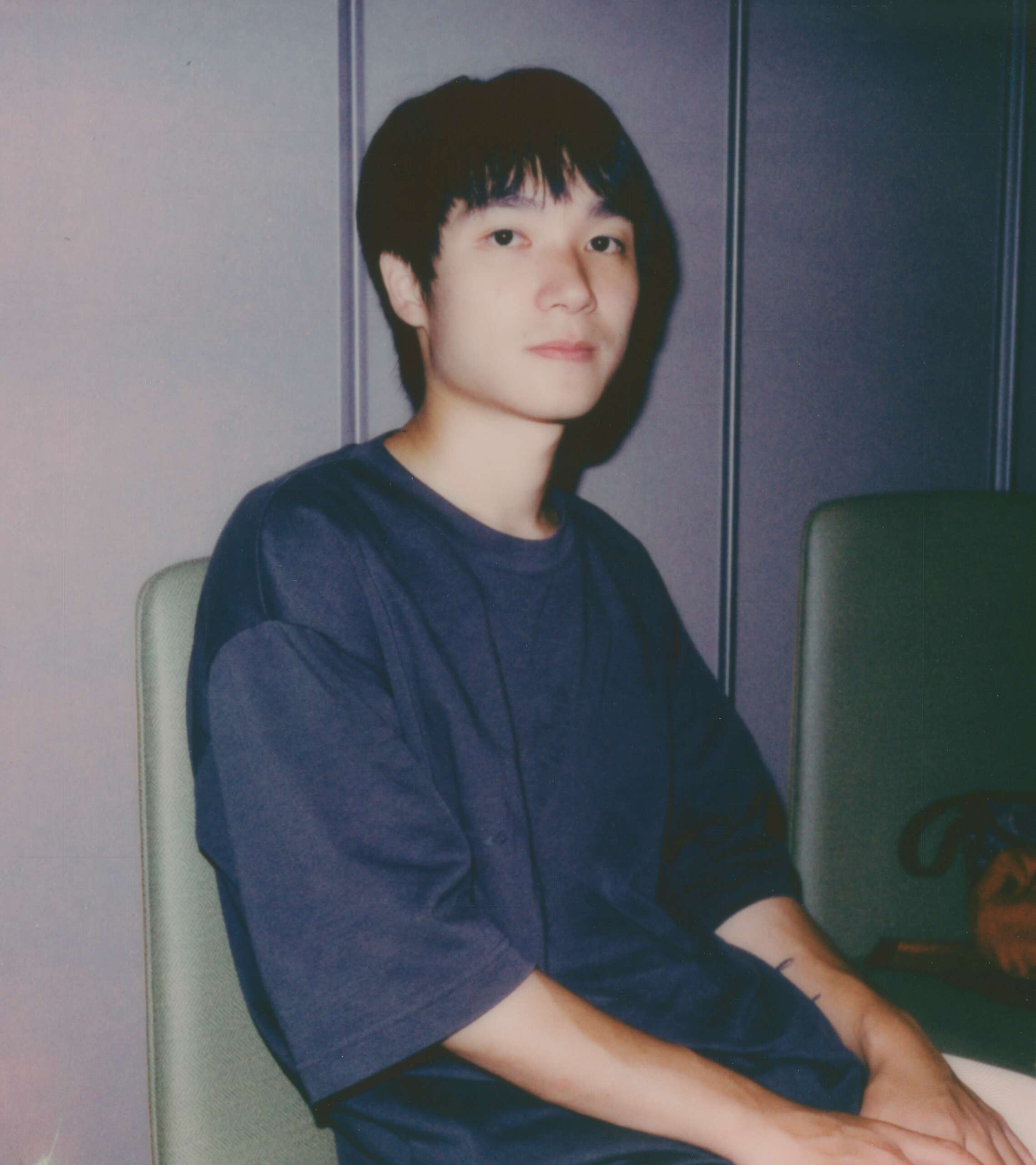Alright – so today we’ve got the honor of introducing you to Yanbin Zhao. We think you’ll enjoy our conversation, we’ve shared it below.
Yanbin, thanks for taking the time to share your stories with us today We’d love to hear about a project that you’ve worked on that’s meant a lot to you.
As a visual artist, my primary interest lies on the exploration of themes such as colonial history, labour, memory, globalization, and diaspora, through a variety of forms including 16mm experimental film, video installation, performance, photography, and mixed media. Since 2021, through a body of lens-based projects, I attempt to explore the possibility in translating and materializing the intangible, which began during the time of the pandemic.
I was personally effected by seeing a current and recurring issue of displacement and violence towards the Asian community. One meaningful project to me was Remaining Silent, which I made in 2021 in my hometown, Shanghai, during a partial COVID lockdown. By accident, I found out that there was a huge wave of displacement and demolition going on inside the city, which happened to be historical neighborhoods with residents who spent their lifetime there. I began to document the process of the huge displacement with the intention of preserving the history and the lived life within those neighborhoods, but as a metaphor, I erased the soundtrack and made a silent film out of these reels which I documented for the whole summer—I realized that the more people moved out, the less sound was left there. In the end, it was all silent.
In 2022, Remaining Silent was selected by Laterale Film Festival in Italy, where it was shown among 15 films alongside prestigious artists such as Tsai Ming-liang and Apichatpong Weerasethakul. It was later selected by Tacoma Film Festival and won Best Cinematography Documentary Award. Later that year, I made Om, a work based on my own lockdown experience. It was presented at Onion City Experimental Film Festival in Chicago, where it won Honorable Mentions Award.
Following that trajectory, the next meaningful project to me is Train Song, which explores the history of Chinese railroad workers and revisits the landscape of the forgotten history through an immersive audio-visual experience. It was presented at 14 art exhibitions, screenings, as well as film festivals, including Alchemy Film and Moving Image Festival, UCCA Beijing, and Lux London.
In 2023, I presented a multi-channel video installation named Red Room at Air Conditioning, a 3-day art exhibition, performance, and screening series curated by Greg Jenkins that took place at Great Hall in West Hollywood where over 400 guests attended, earning AirCon recognition as one of the weekend’s top art openings by critic Shana Nys Dambrot in LA Weekly. Inspired by Richard Serra’s work Television Delivers People, the installation discussed the dominating power of systemic propaganda and collective consciousness in Chinese society over the people through the distribution of mass media.
My most recent work Where the Sea Stands Still was recently awarded the LACE Lightning Fund Artist Grants. It looks back into the history of Chinese immigrants in the United States through a uniquely blended storytelling of science fiction and historical documentary. It is another monumental project for me as I attempt to create a larger body of work tracing the history of diaspora experience.
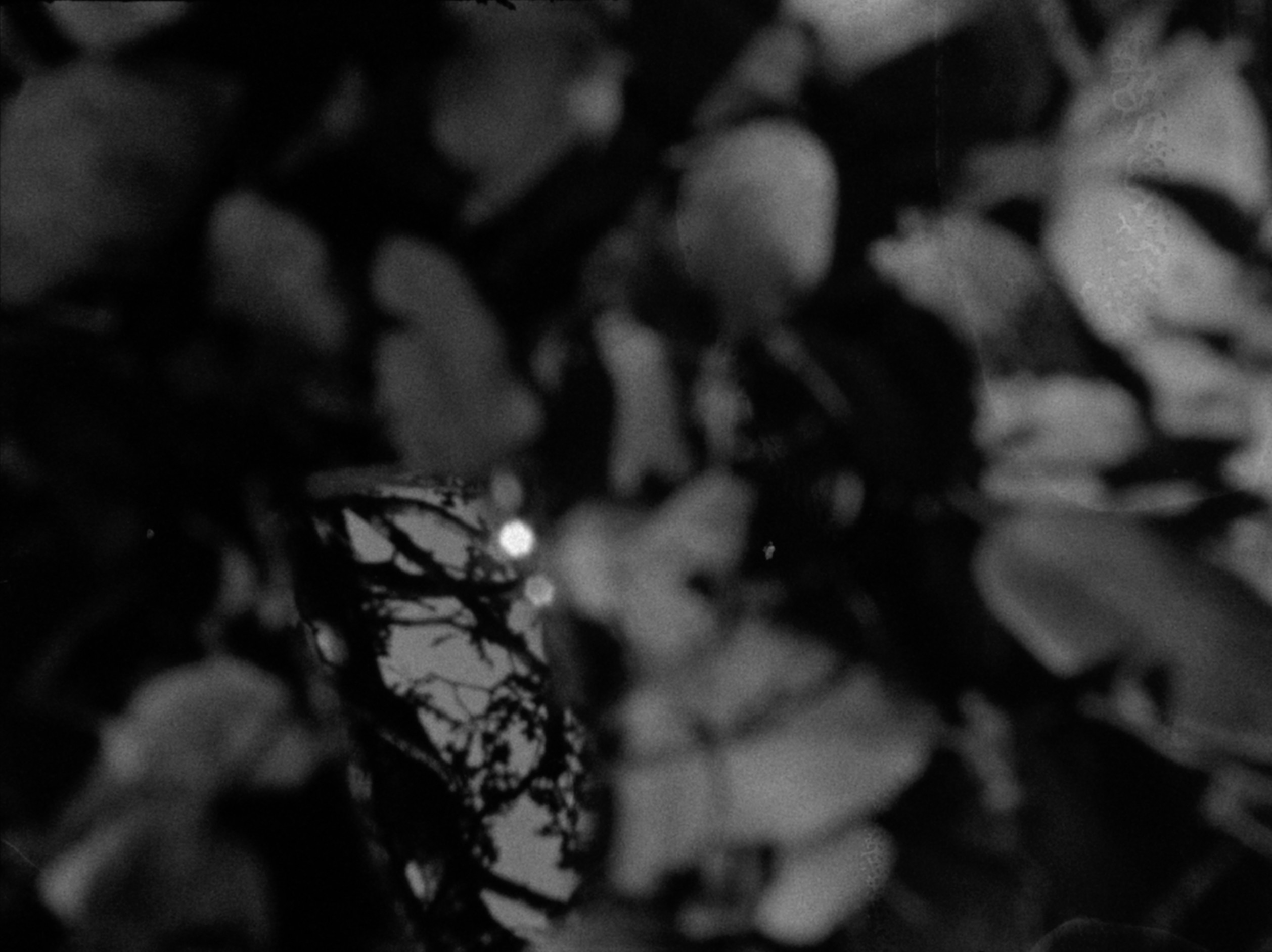
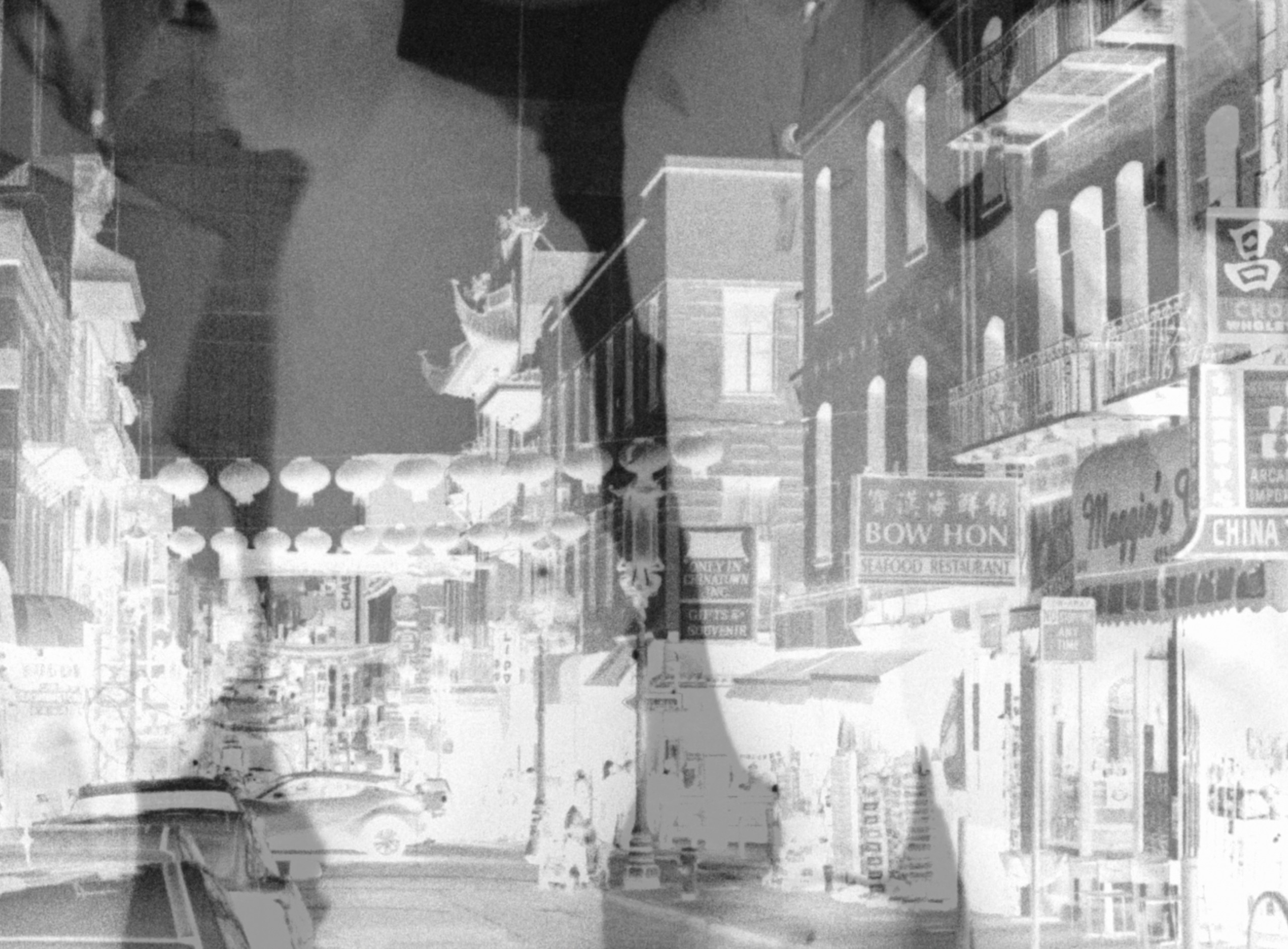
Great, appreciate you sharing that with us. Before we ask you to share more of your insights, can you take a moment to introduce yourself and how you got to where you are today to our readers.
I grew up in a traditional Chinese family in Shanghai. My parents were migrant workers from Zhejiang province, so my childhood was split between the megacity of Shanghai and the ancient village in the south. The two totally different landscapes shaped my childhood memory and became an integral part of how I saw the world as I got older—from early on, I had deep interest in the nature of migration, labor, urbanization, and the mechanism behind those subjects. And people too—the construction workers in Shanghai, where my father worked; and the farmers in Zhejiang, people like my grandparents. Each day I saw something gone and something new were built; each day I saw new food and incense being served in the Buddhist shrine at home. Growing up, constantly, I felt like an outsider of the environment: I was neither here nor there, because of the multitude that I contained.
The experience of witnessing this multitude of life led me to the artist career that I have today. I knew from the beginning the kind of subject matter that I wanted to explore as an artist, which is the state of being elsewhere. This idea took me to the US, thousands of miles away from home. Throughout the several years of my artistic practice, my projects, no matter what the forms or the subjects were, were essentially developed around the idea of “distance”, in the sense of temporality and spatiality, as well as the ruptures and relations it creates on the historical, political, cultural, and personal level. In my recent projects, Om addresses the subject matter of displacement during the pandemic as it travels between mutated domestic space and contaminated nature, and explores the rupture in both the personal and the political, as well as meditates upon senses of paranoia, alienation, and collective trauma. In Where the Sea Stands Still, the protagonist, a Cantonese space traveller, delves into the history of Chinese diaspora as he revisits the traces of his immigrant ancestors.
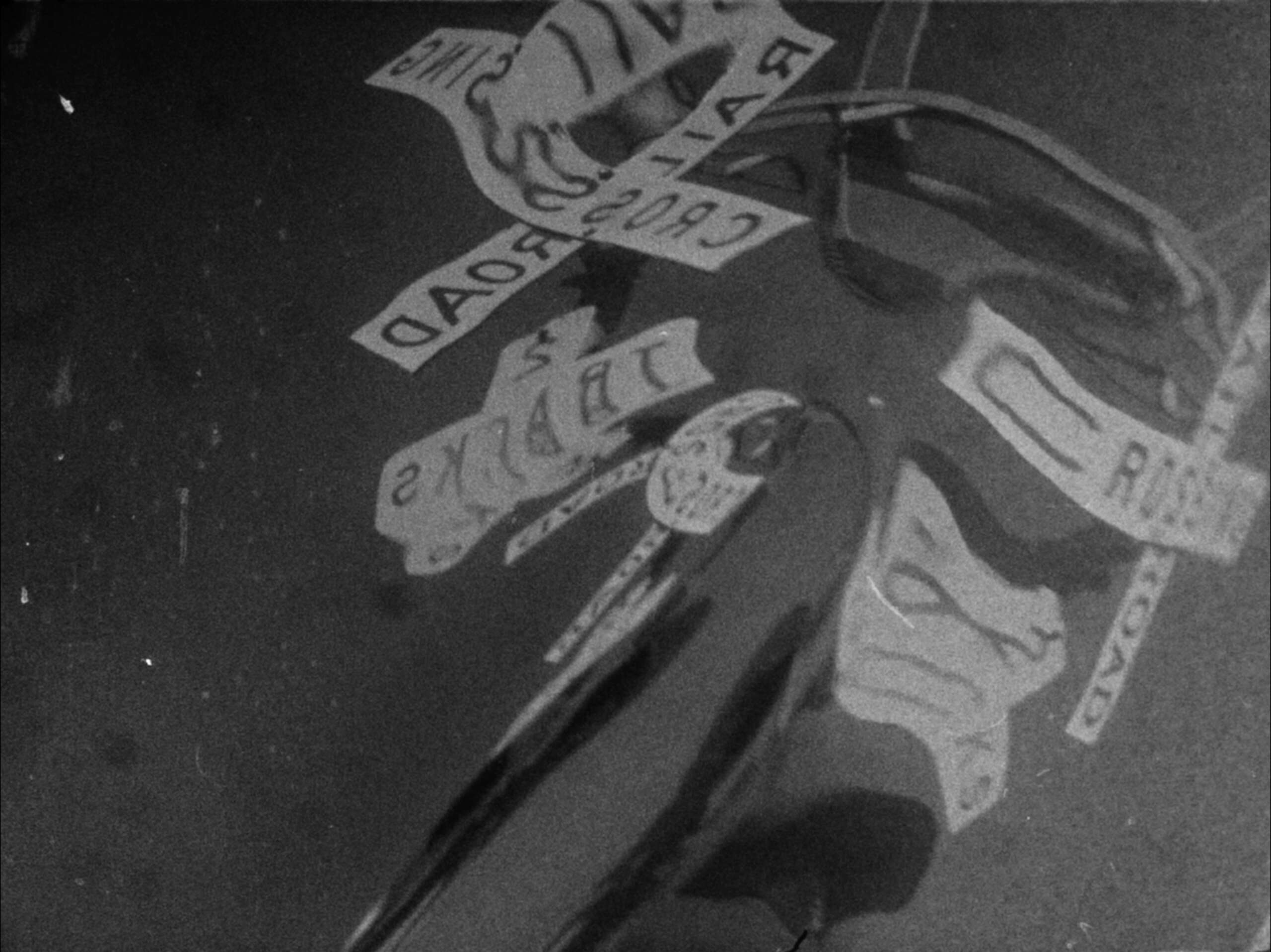
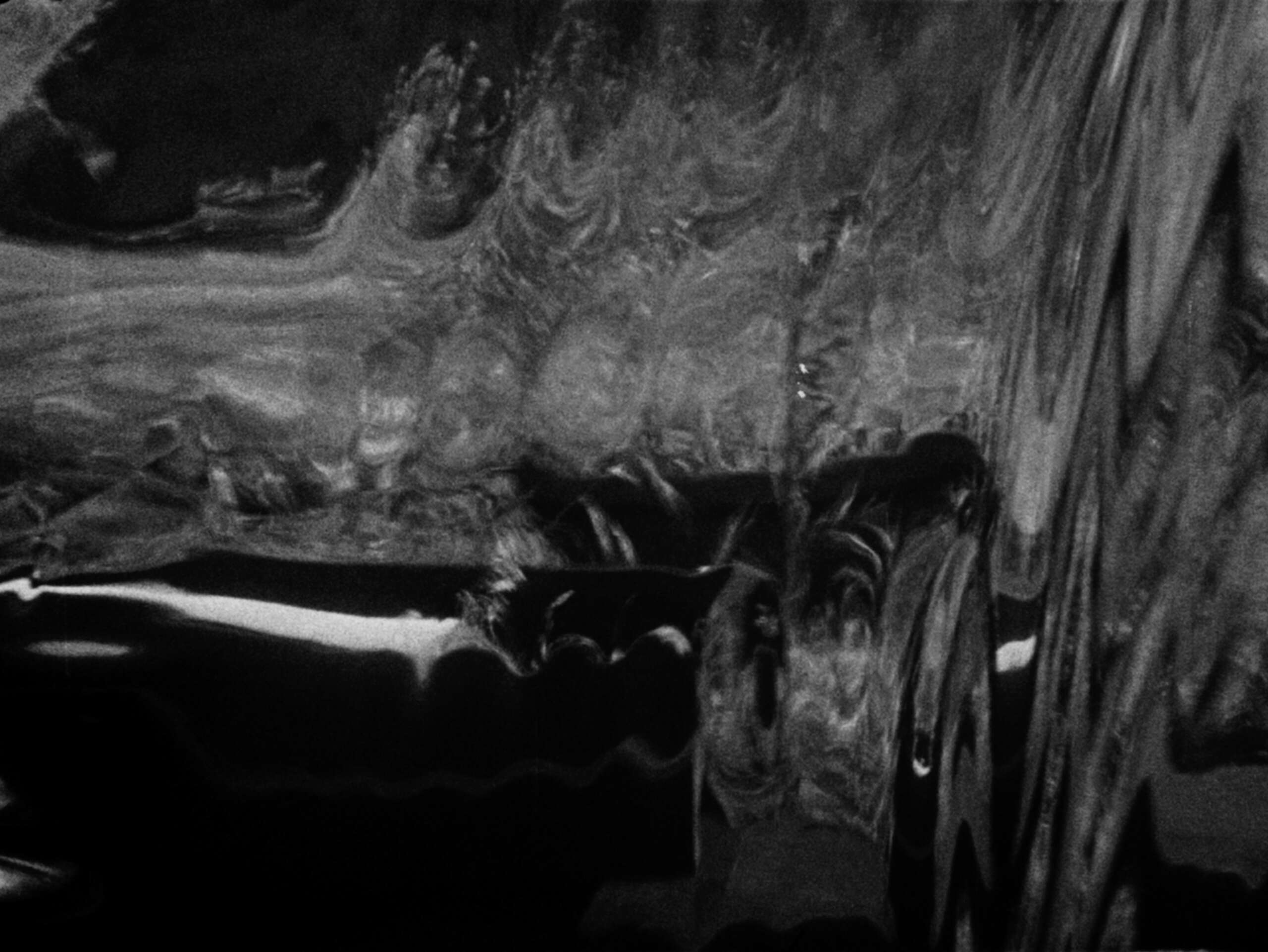
For you, what’s the most rewarding aspect of being a creative?
A primary challenge as an artist who decides to work far away from where they come from is the constant state of being an outsider. When I first came to the US I encountered a radically different environment and had to face the challenges. The most rewarding aspect of being an artist is being able to articulate how I feel and think and address those social and political issues which are more or less universal. Also from that process of translating my experience to artwork, I learnt how to deal with those situations. Over the time, the living experience began to inspire me and eventually nurtured my creative practice.
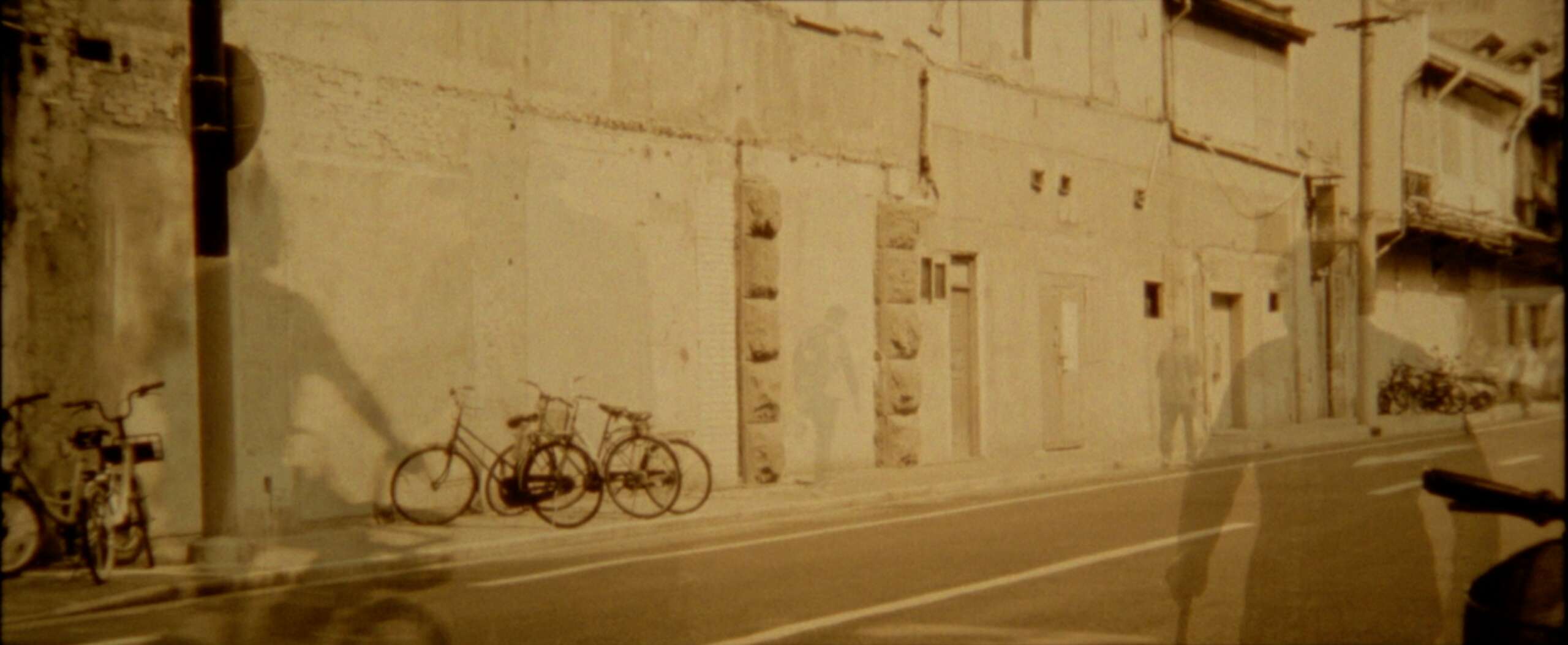
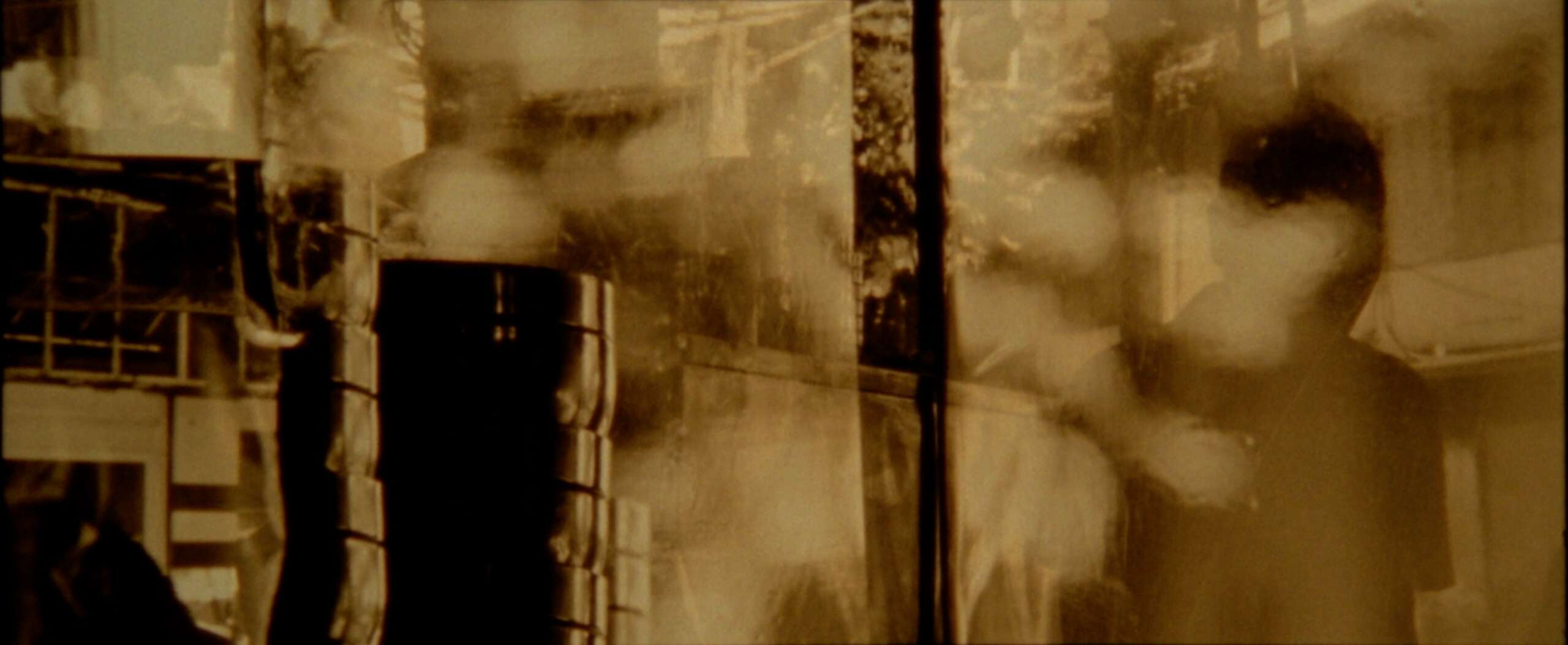
Have you ever had to pivot?
I graduated with a bachelor degree in Advertising and originally anticipated to become an art director at some advertising agencies. In the end I gave up that career to become a professional artist. For me, a life without freedom in creative practice is unbearable.
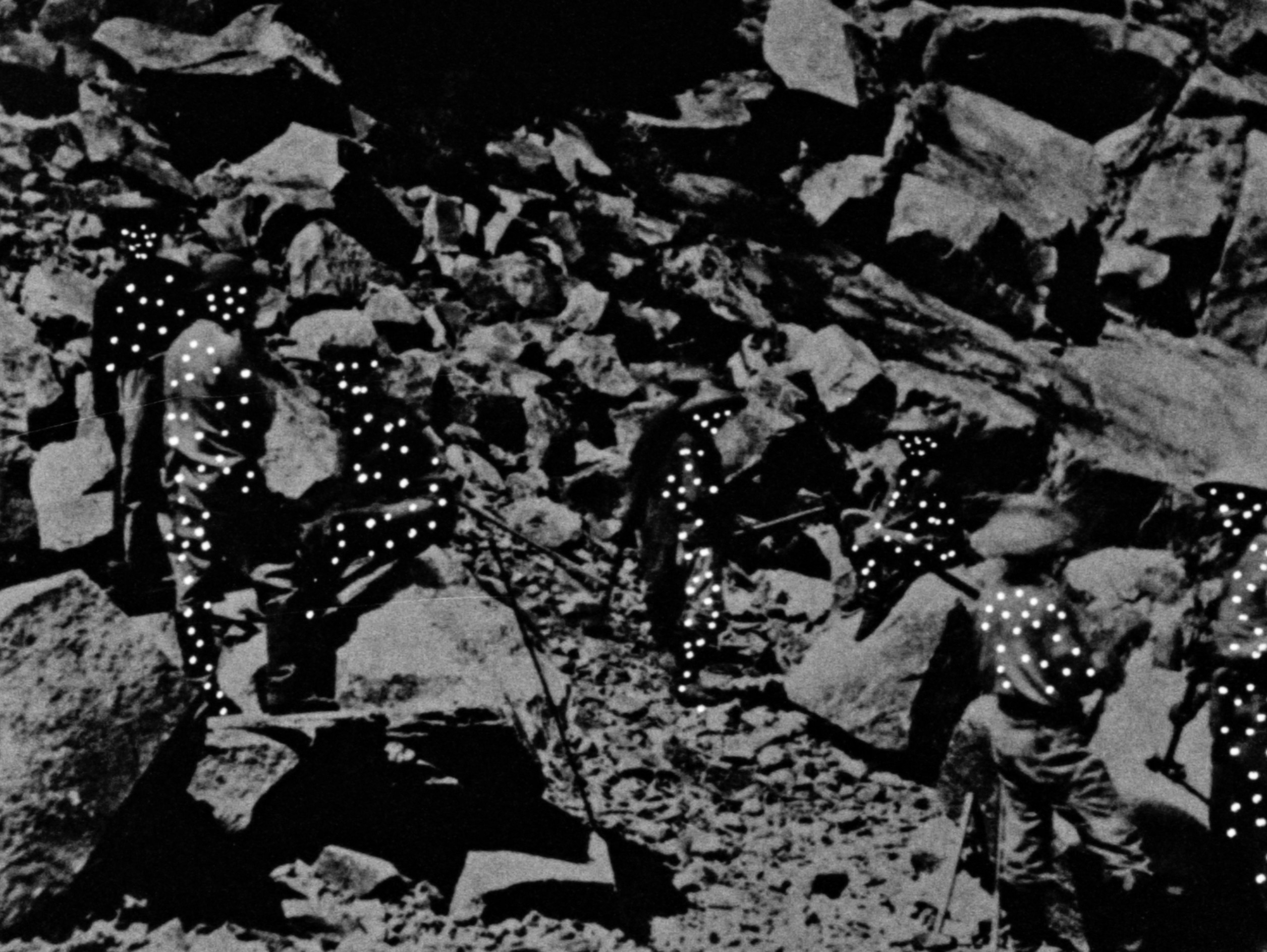
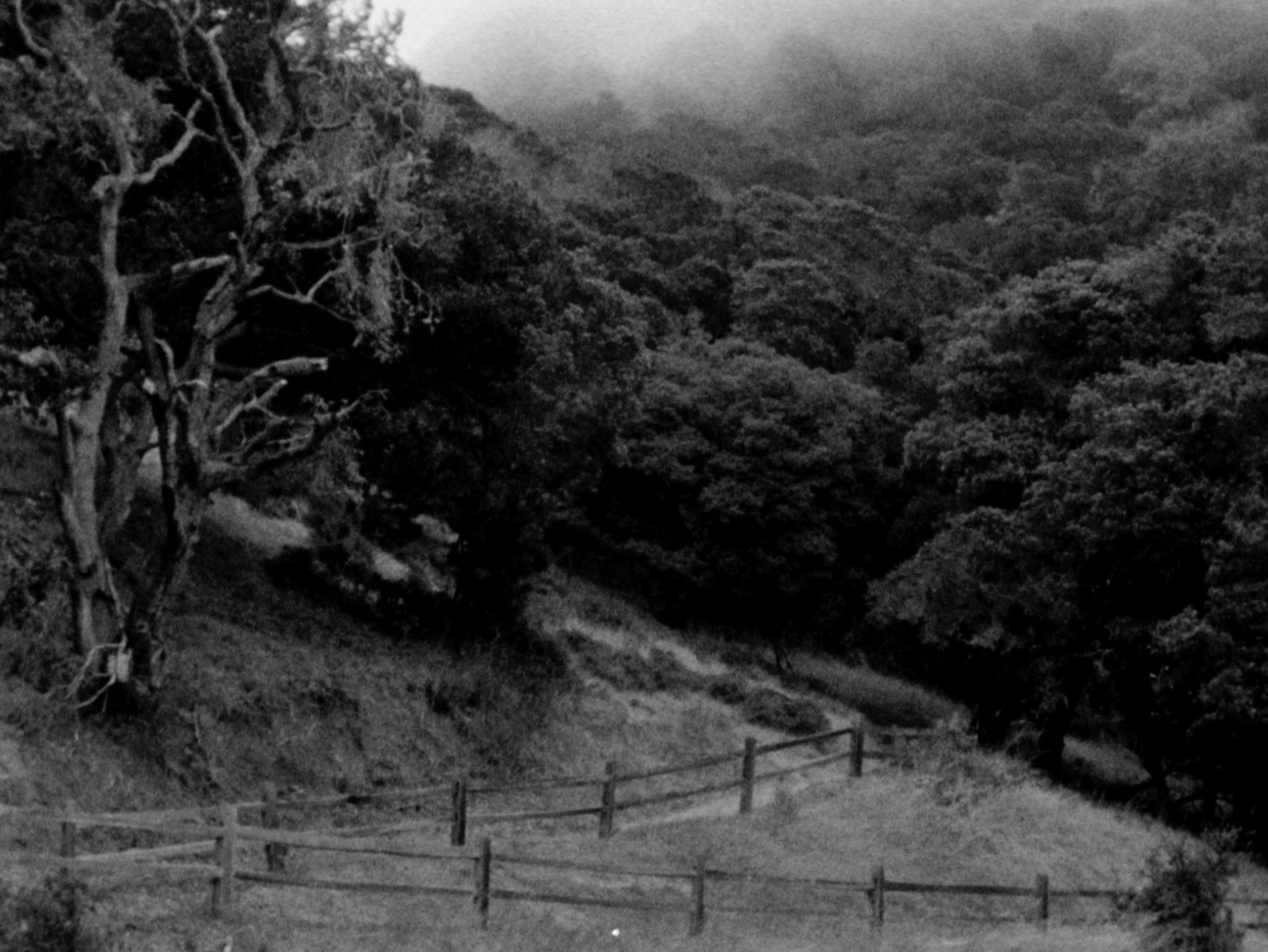
Contact Info:
- Website: yanbinzhao.com
- Instagram: zhao.yanbin


